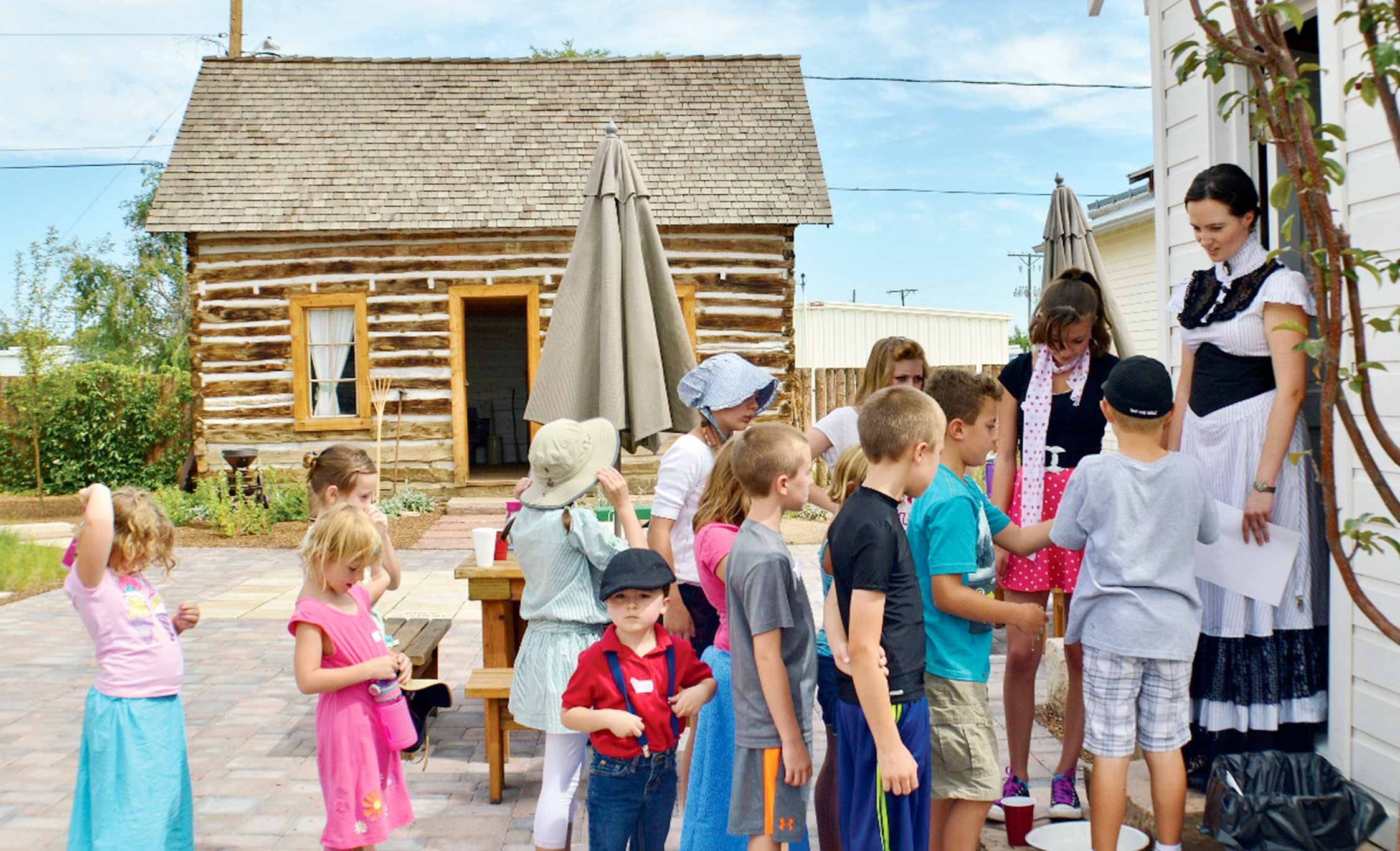10 ways to make learning history come alive
Author : Archana Posted On : Monday, 13th February 2017
Some students love history and others are less excited by the past. Names, dates, wars and politics are intriguing to some but boring for others, perhaps because they don’t see the relevance of learning about the past.
That’s a common attitude among students, but it doesn’t have to be that way. Here are 10 tips from the experts to help make history more exciting. Parents beware: you might find yourself learning as much as your kids and having fun while you do it!
1. Explore the history of your own family.
Organize family pictures and letters from earlier times into a scrapbook to find out who you are related to. Students can interview older relatives about what their life was like when they were young, and about their memories of their parents and grandparents. Were they born in Canada, or did they immigrate here? What rules did their parents set for them? What was their favourite pastime? What was their favourite book, toy, or clothing? As teenagers, what were the rules for dating? Did they have a part time job? How much were they paid? It’s always exciting to find out that a relative remembers an event you are studying in class!
2. Read historical stories together.
Ask a librarian for book suggestions, or go with tried and true classics. By choosing books that were written in the times they portray, you can be sure your child is getting an authentic picture. Even historical fiction can help grab the interest of a student. Biographies and journals can also be a great way of exploring history. Lucy Maud Montgomery’s published journals, beginning when she was only 14 years old, provide a wonderful glimpse of the everyday life of a young girl in rural Canada. The Diary of Anne Frank is often on school reading lists because it helps students relate to a real person.
3. For a reluctant reader, movies or TV shows might be the better route to start the process.
While movies are often not factual, they can give a sense of the era and put big events into perspective. TV programs help high school students relate to young people who were faced with war. Younger students could try History Bites. You can start small by pointing out historical details in the movies they already love, such as the clothes and architecture in Fantastic Beats and Where to Find Them. Once students are inspired by the screen, they might be more open to read more about the events.
4. Try doing something the way it was done in days gone by, such as making butter or starting a campfire using a bow, drill and tinder.
Bake a ‘war cake’ without ingredients such as eggs and white sugar, which were rationed during wartime. An active, hands-on child might enjoy building a catapult and experimenting to increase its range, making a bow and arrows (under supervision of course), or making a doll using apples or cornhusks. Instructions are easily found online.
5. Make a time capsule.
Help your child decide what should go in the capsule and where it should be stored. Clothing that’s no longer being worn, outgrown toys, lists of favourite music, computer games, movies and TV shows the possibilities are endless. Ask them to imagine they are historians of the future, and what might be strange or exciting about their lives now? Make a plan to open the capsule at some future date.
6. Look into the history of one of your child’s hobbies or interests.
If they’re fascinated by airplanes, for example, they might enjoy finding out about the beginnings of aviation and building a model of an early plane. A young fashionista might enjoy going to a clothing museum or collecting pictures of historical fashions on a Pinterest board. A teenager might want to try making a period dress. The clothes people wore say a lot about gender roles in past times.
7. Play tourist and visit historical sites in your own backyard.
Halifax is incredibly rich in history, from Citadel Hill to the Titanic graves to the reminders of the Halifax Explosion of 1917 that can still be seen in the city.
8. Be sure to visit museums and historical sites when you travel as well.
Climbing the steps to the Parthenon in Athens, visiting a tenement museum in New York or walking through the Forbidden City in Beijing make history exciting!
9. Go on a ghost walk with an informed guide.
Halifax abounds in spine-tingling ghost stories to accompany our historical buildings.
10. Have a historically themed birthday party, with food, costumes and games from the chosen era.
Let’s say your child has studied ancient Egypt in school and wants a party with that theme. Have them do some research to find out what children wore, what games they played and what they ate. Make it as simple or as elaborate as you choose. There are also themed mystery parties that could help set the scene.
History really is one great story after another. Start with the stories in your own family, go on from there and watch the past come alive for you and your kids!
Image Source : http://www.berthoudsurveyor.com/wp-content/uploads/2014/07/Lead-0037-1280x853.jpg
Post Your Comments for this Blog Post
Blogs
South India spends most on higher education
How to pass exams when there is no time to revise?
Research proven tips for increasing childs IQ
How to pursue a course in Australia?
The Ultimate Student Guide For Surving Final Exams
How to crack UPSC Civil Services interview round?